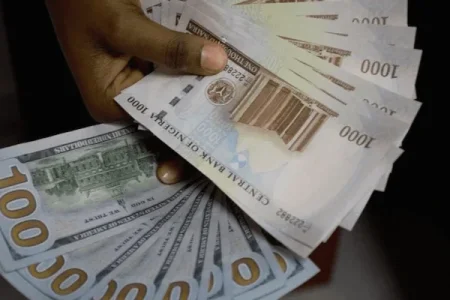
The Nigerian naira closed September at N1,705 per dollar in the parallel market, marking a significant decline from N1,655. This depreciation results from increased demand and supply shortages, impacting the prices of imported goods. The official exchange rate also fell, signaling a challenging economic climate ahead.
The Nigerian naira has come under renewed pressure in the parallel market, closing September at N1,705 per US dollar, a decline from N1,655 just a week earlier. This depreciation indicates a shift from the stable range of N1,645 to N1,655 which persisted for several months.
Market traders suggest that a recent supply shortage has contributed to this drop, increasing the demand for foreign currency. The official exchange market also experienced a decline, with the Nigeria Autonomous Foreign Exchange Market (NAFEM) rate falling to N1,541.94/$1, compared to N1,540.78/$1 over the preceding weekend.
In the third quarter of 2024, the naira's performance has reversed the positive trends seen late last year, when it had strengthened to N1,215/$1. Following a period of steady depreciation, where the currency averaged N1,620/$1 at the end of the second quarter, the naira remained stable around N1,630/$1 throughout much of the third quarter. The recent decline to N1,705/$1 suggests that further depreciation may be imminent.
Meanwhile, the volume of dollars traded in the official market rose by 61% year-on-year in the first nine months of 2024, reaching $33.7 billion, compared to $20.9 billion during the same period in 2023.




